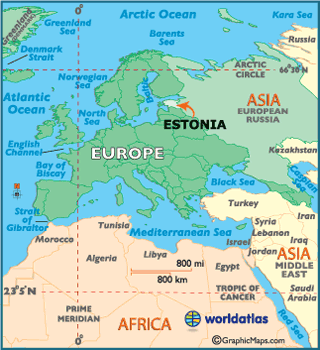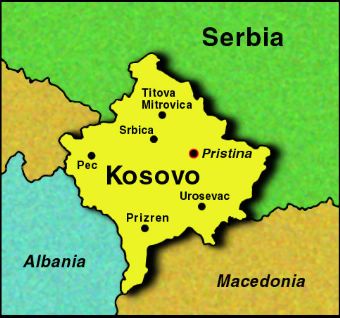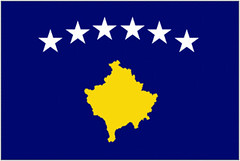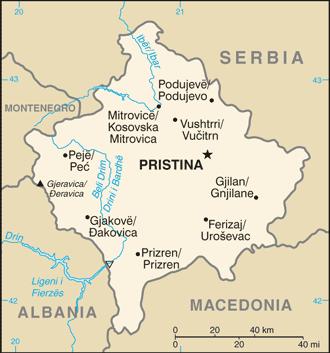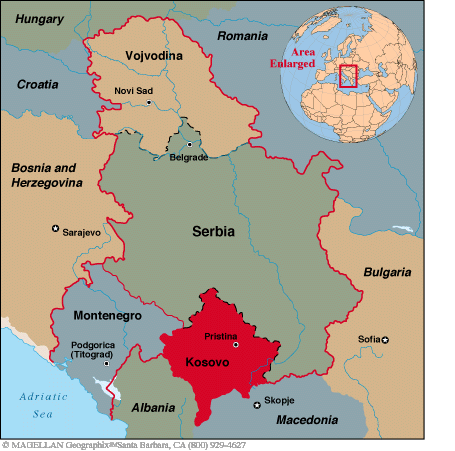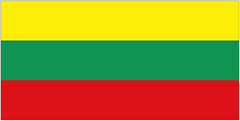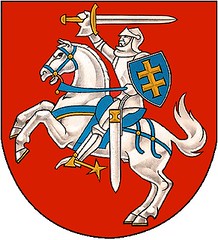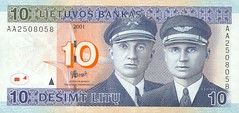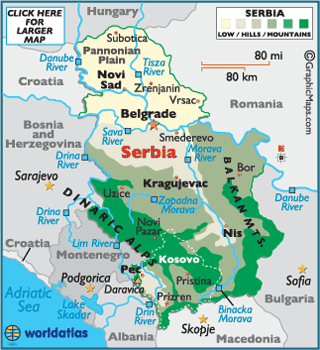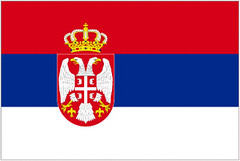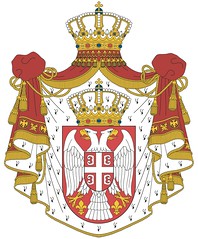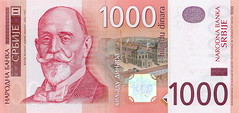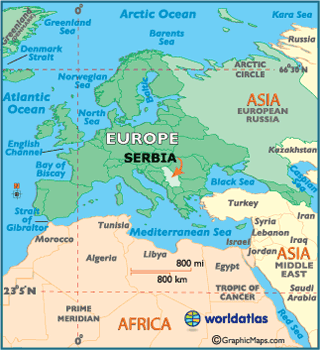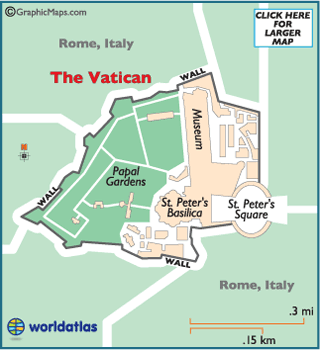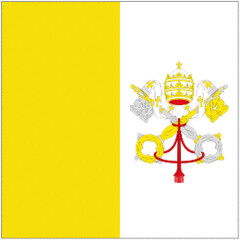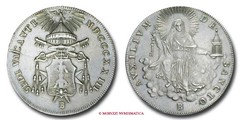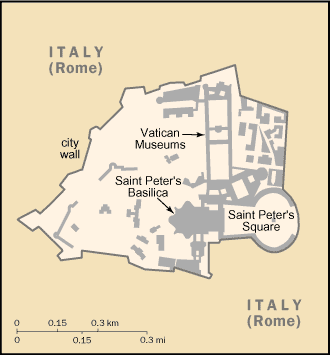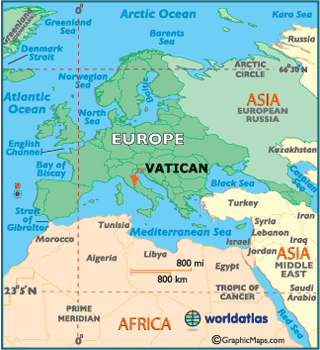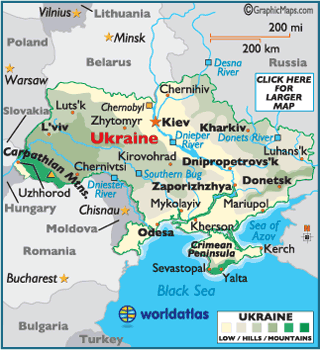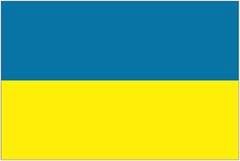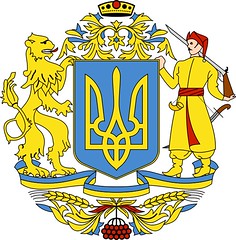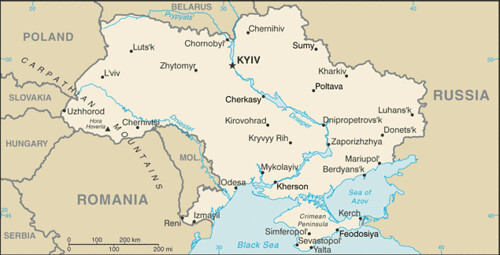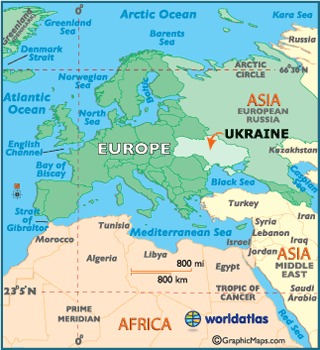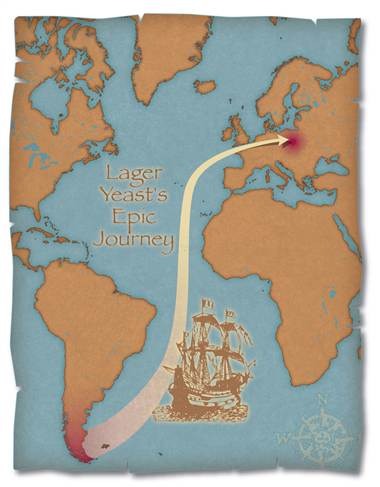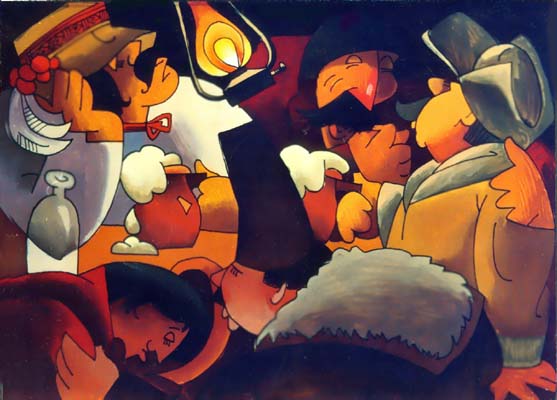![]()
Today in 1918, Estonia gained their Independence from Russia.
Estonia
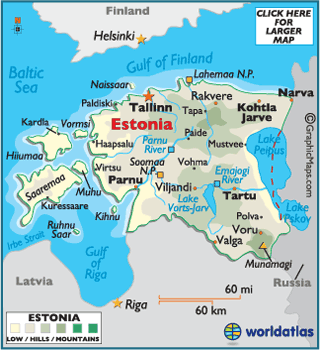
Estonia Breweries
Estonia Brewery Guides
Other Guides
- CIA World Factbook
- Official Website
- U.S. Embassy
- Wikipedia
Guild: None Known
National Regulatory Agency: None
Beverage Alcohol Labeling Requirements: Not Known
Drunk Driving Laws: BAC 0.02%

- Full Name: Republic of Estonia
- Location: Eastern Europe, bordering the Baltic Sea and Gulf of Finland, between Latvia and Russia
- Government Type: Parliamentary Republic
- Language: Estonian (official) 67.3%, Russian 29.7%, other 2.3%
- Religion(s): Evangelical Lutheran 13.6%, Orthodox 12.8%, other Christian (including Methodist, Seventh-Day Adventist, Roman Catholic, Pentecostal) 1.4%, unaffiliated 34.1%, other and unspecified 32%, none 6.1%
- Capital: Tallinn
- Population: 1,274,709; 156th
- Area: 45,228 sq km, 133rd
- Comparative Area: Slightly smaller than New Hampshire and Vermont combined
- National Food: Verivorst with Mulgikapsad (sauerkraut stew)
- National Symbols: Barn Swallow; Cornflower; Oak tree; Limestone
- Affiliations: UN, EU, NATO
- Independence: From Russia, February 24, 1918 / From USSR, August 20, 1991
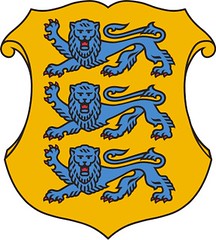
- Alcohol Legal: Yes
- Minimum Drinking Age: 18
Drinking in public is prohibited for everyone. Stores may sell alcohol only between 10 a.m. and 10 p.m. - BAC: 0.02%
- Label Requirements: N/A
- Number of Breweries: 9
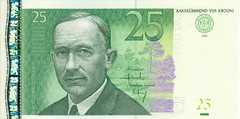
- How to Say “Beer”: õlu
- How to Order a Beer: Ooks ur-loo, pah-lun
- How to Say “Cheers”: Tervist / Terviseks (“to your health”)
- Toasting Etiquette: N/A

Alcohol Consumption By Type:
- Beer: 34%
- Wine: 7%
- Spirits: 57%
- Other: 2%
Alcohol Consumption Per Capita (in litres):
- Recorded: 13.77
- Unrecorded: 1.80
- Total: 15.57
- Beer: 5.53
WHO Alcohol Data:
- Per Capita Consumption: 13.80 litres
- Alcohol Consumption Trend: Increase
- Excise Taxes: Yes
- Minimum Age: 18
- Sales Restrictions: Time, places
- Advertising Restrictions: Yes
- Sponsorship/Promotional Restrictions: Yes
Patterns of Drinking Score: 3
Prohibition: None
